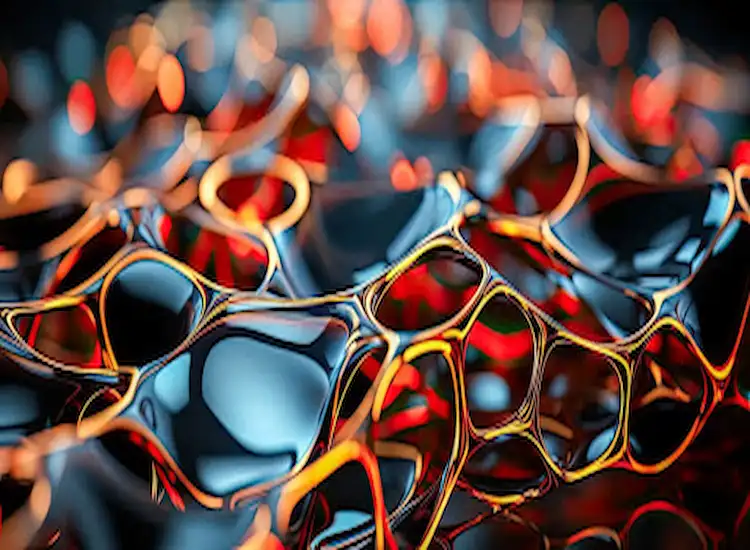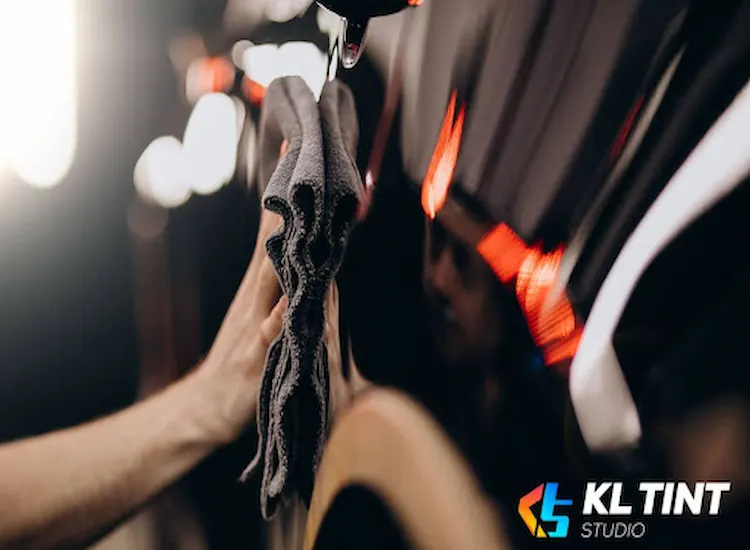The Science Behind Nano-Ceramic Coating: How It Works to Protect Your Car's Surface
In the realm of automotive protection, nano-ceramic coatings have emerged as a cutting-edge solution, offering unparalleled defense against environmental wear. But what exactly is a nano-ceramic coating, and how does it provide such robust protection? Let’s explore the chemistry and technology behind this advanced car coating.

Understanding Nano-Ceramic Coating
Nano-ceramic coating is a complex liquid polymer composed of silica dioxide (SiO2) particles, which are typically extracted from quartz or sand. These nanoparticles are incredibly small—measured in nanometers (one billionth of a meter)—allowing them to penetrate the microscopic pores of your car’s paint. Once applied, the coating undergoes a chemical bonding process with the paint, creating a cross-linked, three-dimensional matrix.
This matrix forms an ultra-thin, highly durable, protective layer that is chemically inert and resistant to various environmental hazards. The result is a ceramic car coating that not only enhances the visual appeal of your vehicle but also significantly extends the lifespan of its exterior. Click here to learn more about Nano-Ceramic Coating.
How Nano-Ceramic Coating Protects Your Car
Hydrophobicity and Surface Energy:
The hydrophobic nature of nano-ceramic coatings is attributed to their low surface energy. This property causes water and other liquids to bead up and roll off the surface, carrying away dirt and contaminants. This effect is due to the coating’s ability to disrupt hydrogen bonding in water molecules, reducing their ability to adhere to the surface.
UV Resistance and Photodegradation Protection

Prolonged exposure to ultraviolet (UV) radiation can lead to photodegradation of your car’s paint, breaking down the molecular structure and causing fading or discoloration. Nano-ceramic coatings contain UV stabilizers that absorb and dissipate UV radiation, preventing it from reaching the underlying paint and thus mitigating oxidative stress.
Chemical Resistance and Inertness
The chemical inertness of nano-ceramic coatings provides exceptional resistance to acidic and alkaline substances. The coating’s cross-linked structure creates a barrier that is impervious to corrosive agents such as road salts, bird droppings, tree sap, and industrial fallout, all of which can chemically etch and damage unprotected paint.
Enhanced Hardness and Scratch Resistance
One of the defining characteristics of nano-ceramic coatings is their increased hardness, often rated between 9H on the pencil hardness scale. This enhanced hardness provides a formidable defense against micro-marring and light scratches, preserving the integrity of your vehicle’s clear coat.
Increased Gloss and Optical Clarity

The nano-ceramic coating enhances the refractive index of your car’s paint, which amplifies the depth, gloss, and clarity of the color. The result is a mirror-like finish that accentuates the contours of your vehicle, giving it a show-stopping appearance.
Thermal Resistance and Heat Dissipation
Nano-ceramic coatings are also thermally stable, meaning they can withstand high temperatures without degrading. This property helps in dissipating heat from the car’s surface, reducing the risk of thermal damage to the paint, particularly in extreme weather conditions.
Anti-Graffiti Properties
Due to their chemically inert and slick surface, nano-ceramic coatings offer anti-graffiti properties. Paint, ink, and other staining substances have difficulty adhering to the surface, making them easier to remove without damaging the underlying paint.
Oxidation and Corrosion Resistance
By providing an impenetrable barrier, nano-ceramic coatings prevent oxygen and moisture from reaching the metal components of your car, thereby inhibiting oxidation and corrosion. This is particularly crucial in coastal regions or areas with high humidity.
Self-Cleaning Mechanism
The lotus effect, a phenomenon where water droplets pick up dirt as they roll off a surface, is mimicked by nano-ceramic coatings. This self-cleaning mechanism reduces the frequency and effort required for maintenance, keeping your car looking pristine with minimal effort.
Long-Term Durability
Unlike traditional waxes or sealants, which degrade over time, nano-ceramic coatings are chemically bonded to the paint and can last for several years with proper care. This durability makes them a cost-effective solution for long-term vehicle protection.
The Application Process
Applying a nano-ceramic coating is a precise and methodical process. The vehicle’s surface must first be meticulously cleaned, polished, and decontaminated to ensure proper implementation of the coating. The coating is then applied in a controlled environment to prevent contamination, with each layer carefully cured to build a resilient protective barrier. Click here to purchase Nano-ceramic coating.
Conclusion
Incorporating nano-ceramic coating into your vehicle care routine is a scientifically sound decision that offers extensive benefits—from hydrophobic properties and UV protection to chemical resistance and enhanced gloss. At KL Tint Studio, we specialize in premium car coatings that not only protect but also elevate the aesthetic of your vehicle.
Visit our Facebook page to learn more about KL Tint Studio and stay connected with us. If you have any questions about our services, feel free to contact us now! and you can go to visit our Shop:
